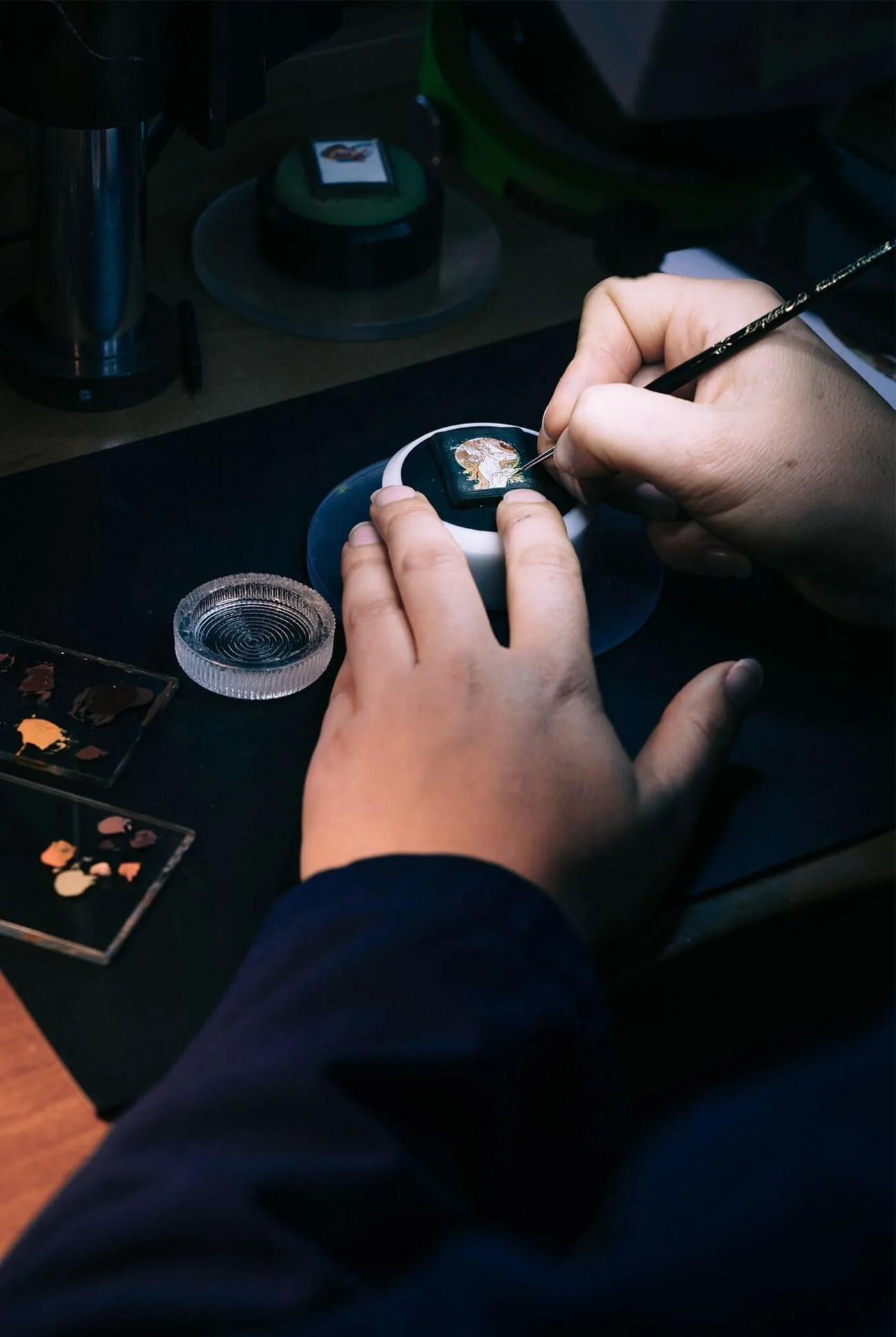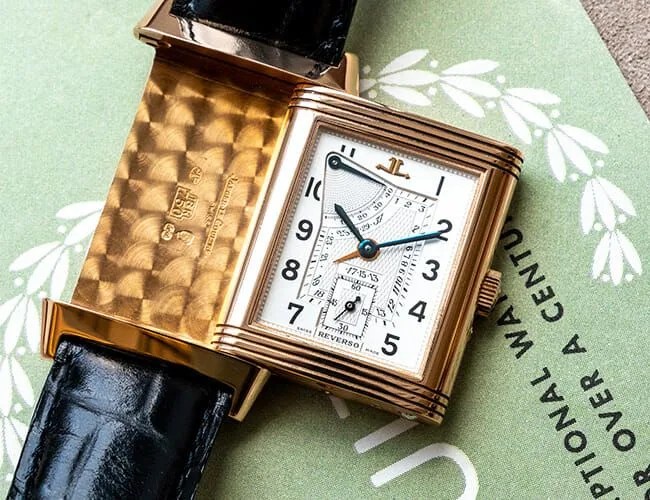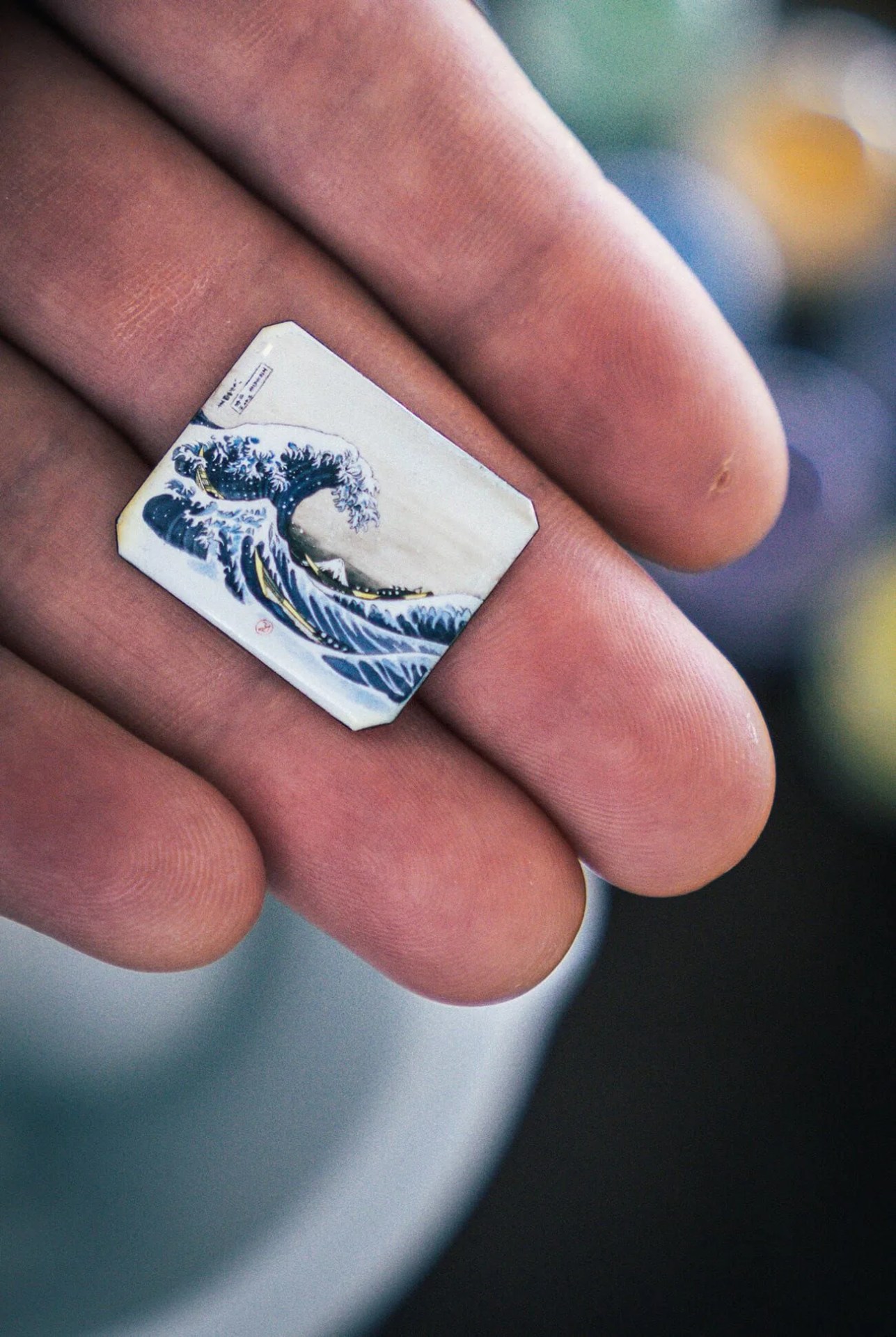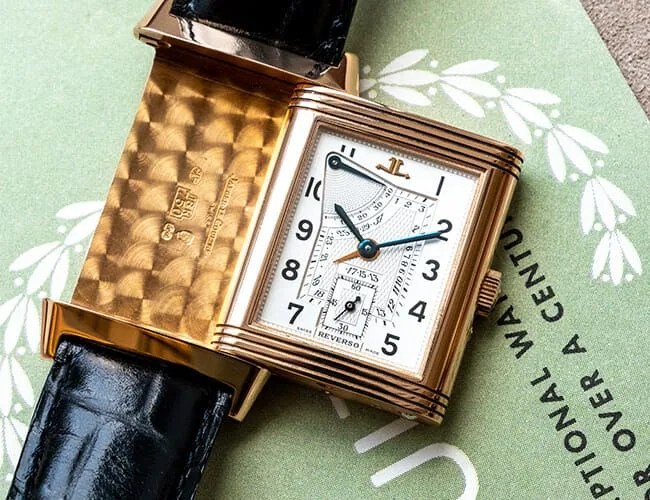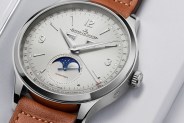Welcome to Watches You Should Know, a biweekly column highlighting little-known watches with interesting backstories and unexpected influence. This week: the Jaeger-LeCoultre Reverso.
The famed Swiss watch company Jaeger-LeCoultre was not always so-named — in fact, prior to 1937, Jaeger and LeCoultre were two completely separate firms, the former being a Parisian watchmaker, and the latter a Swiss watch manufacture. In 1903, Jacques-David LeCoultre, grandson of founder Antoine LeCoultre, accepted a challenge set forth by Edmond Jaeger for Swiss watchmakers to develop ultra-thin watches, but the two companies remained separate entities for several decades.
Then, in the early 1930s, British soldiers stationed in India found themselves with a unique problem — as acrylic crystals had yet to be invented, they were finding that their watches were getting damaged during polo matches, the glass crystals shattered by stray mallet swings and polo balls. Some of the officers petitioned César de Trey, a businessman and associate of LeCoultre, to find a solution to this problem.
More Watches You Should Know
• The Gruen Techni-Quadron
• The IWC Caliber 89
• The Omega Ranchero
When de Trey returned to Switzerland, he spoke with Jacques-David LeCoultre, who in turn engaged French firm Jaeger’s help with engineering a solution. Jaeger then brought on board French engineer Alfred Rene Chavot to design a mechanism whereby a watch head could be flipped in reverse in order to protect the dial.
The name “Reverso” was registered by de Trey, the case design was purchased from Chavot, and a distribution outfit dubbed “Specialités Horlogères” was set up to distribute the watches. Cases were sourced from Geneva-based A.E. Wenger, and, as LeCoultre didn’t yet possess a shaped movement that would fit the debut model, watchmaker Tavannes’ calibre 64 became the beating heart of the original model, which debuted in 1931.
